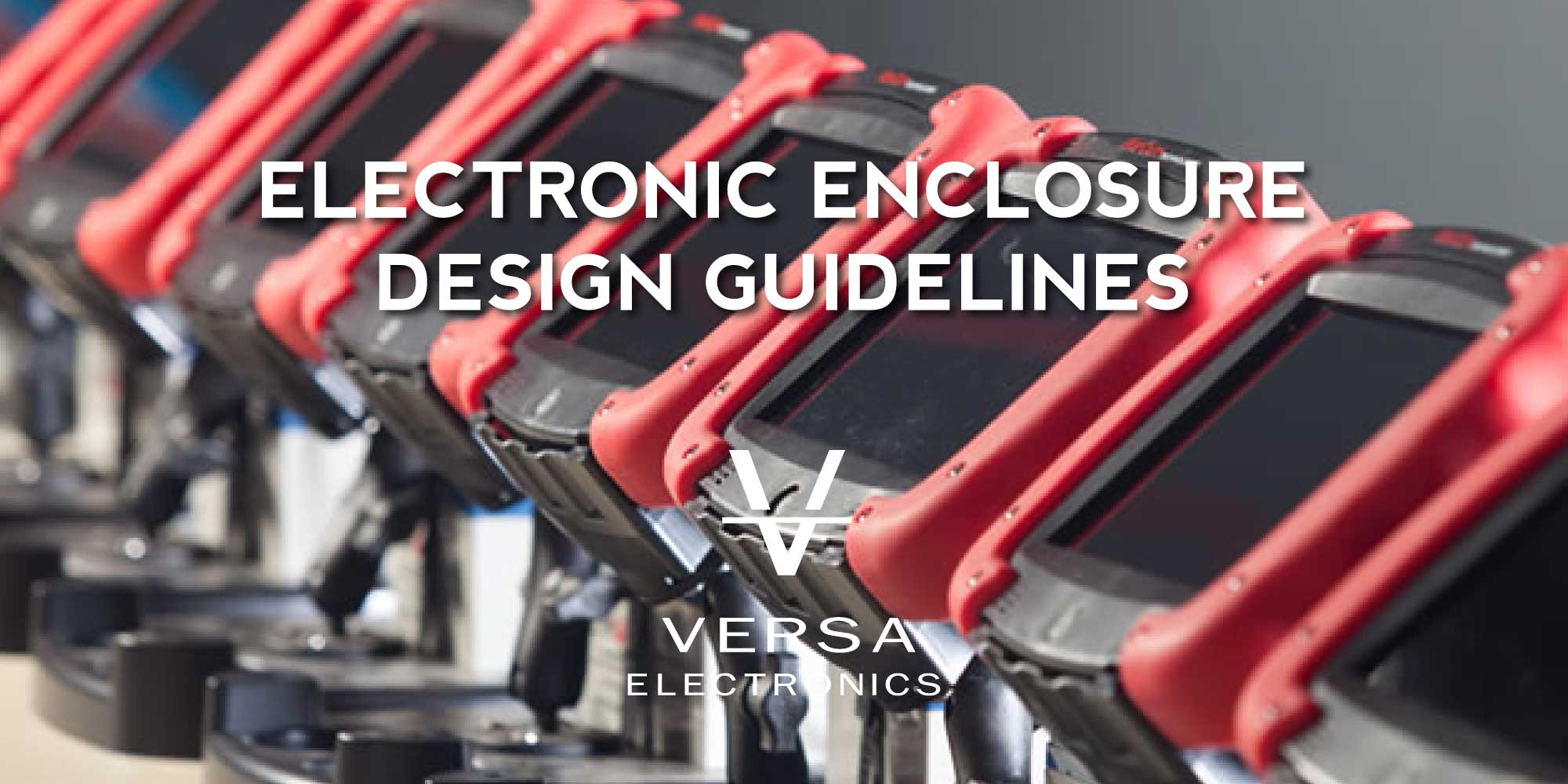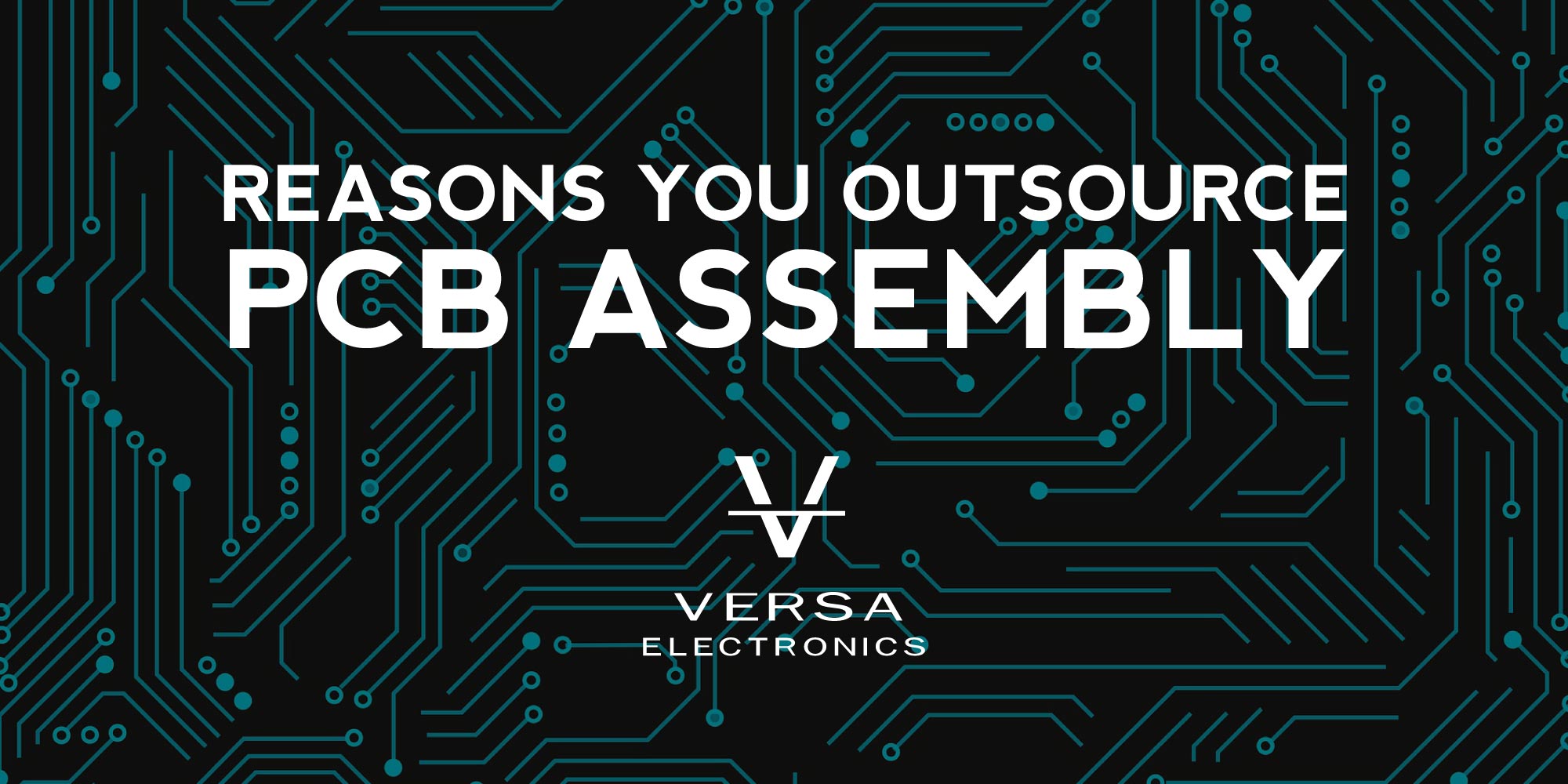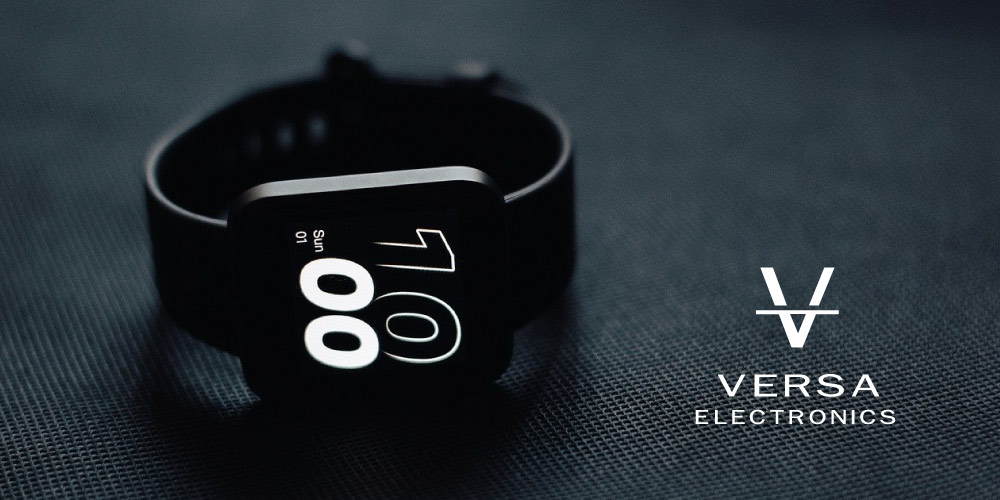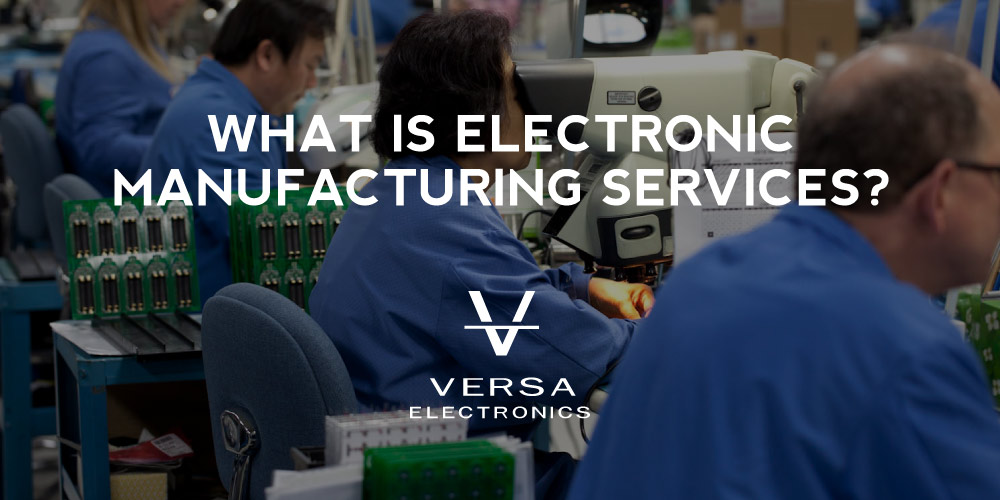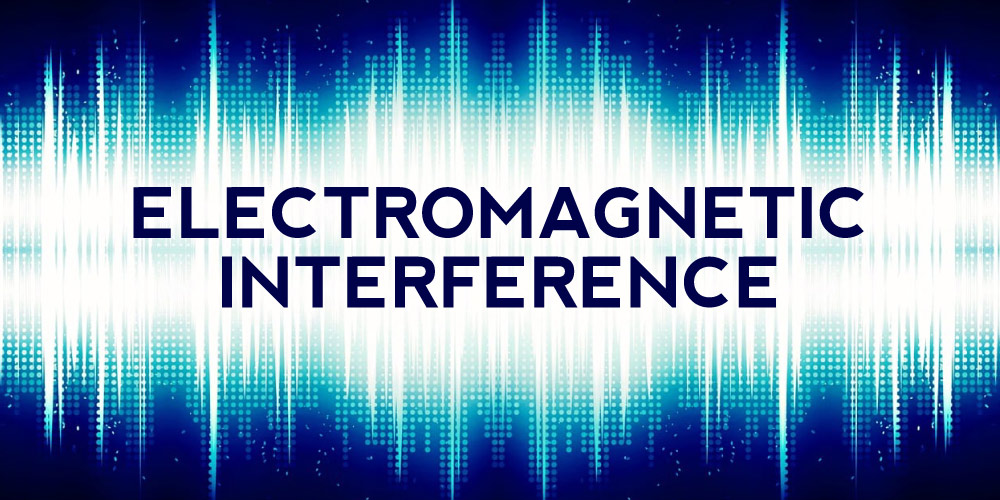The role of enclosure design in the electronics industry cannot be overstated. From the smartphones in our pockets to extension cords and home theaters, the outer cover of these devices is crucial to their function, performance, and life. PCB enclosures also directly impact device sustainability.
Unfortunately, device enclosures come in many different forms, making design slightly complicated. For instance, device enclosures vary depending on whether the device will be used indoors or outdoors, in hot or warm climates, and at low or high operating temperatures.
The following summarizes typical enclosures and standard design guidelines to make practical PCB casings.
Electronic Enclosure Types
It’s always wise to begin the design process by understanding PCB enclosure types. The National Electrical Manufacturers Association (NEMA) identifies eight PCB enclosure categories, i.e., Type 1, 3, 4, 4X, 6, 6P, 7, and 12. NEMA 1, 3, 4, and 4X are the most common.
- NEMA 1: Type1 enclosures are designed exclusively for indoor use. They offer the most basic level of protection, with only a slight degree of protection against light dust, dirt, and accidental contact with the equipment. The enclosures are commonly used in variable-frequency drive housings, for example.
- NEMA 3: Type3 enclosures are primarily used outdoors, though a few can be used indoors. Their higher protection against falling dirt, snow, rain, and external ice formation means they withstand outdoor conditions better. Outdoor junction boxes are a typical example.
- NEMA 4: Type4 enclosures offer even more excellent protection against harsh weather conditions than Type3. Additionally, they are watertight. This makes them suited to industrial applications such as protecting outdoor wiring and mounted telecom equipment.
- NEMA 4X: Finally, Type4X enclosures offer Type4 enclosure benefits but with greater corrosion resistance. Therefore, Type4X products are common in outdoor applications with extreme moisture levels and corrosive chemicals, such as electrical boxes along the coastline.
NEMA Type6, 6P, and 7 are outdoor enclosures too. However, they can withstand temporary submersion in water, extended water submersion, and hazardous environments, e.g., flammable environments, respectively. Meanwhile, Type12 NEMA products are indoor enclosures with better environmental protection than Type1 and Type3 enclosures.
PCB Enclosure Design Guidelines
The following are seven design tips and guidelines to follow once you’ve selected the right enclosure type.
Create a list of components
What components will be inside the enclosure, and what’s the role of each component? Also, how will the components interact? Knowing all the components to fit inside the enclosure will help you make enough room. For instance, you may need extra openings for LED lights and USB ports. Consider using your Bill of Materials (BOM) as a component checklist.
Choose the right material
PCB enclosure materials vary depending on the NEMA guidelines above. Typically, indoor enclosures (Type 1 and 12) are polycarbonate, polyester, and ABS plastic. Meanwhile, outdoor enclosures (Type 3, 4, 4X, 6, 6P, and 7) are metallic. The most common metals used in PCB enclosure design are aluminum, cold-rolled steel, stainless steel, galvanized steel, and copper.
Observe shell thickness requirements
Generally, you need 0.8mm or 2x the nozzle diameter for FDM (Fused Deposit Modelling) printing. Remember that you need uniform thickness for injection molding as molten plastic must flow consistently through the mold. Consider fillet corners and edges as well as ribs and gussets to support the corners.
Ensure a functional/practical layout
Though aesthetic qualities are vital, product function is even more critical when designing an electronic enclosure. A few factors to strongly consider here are weight, physical dimensions, accessibility, and ease of assembly. The best PCB enclosure designs are lightweight, reasonably sized, and easy to assemble. Above all, the internal components must be easily accessible to the intended users.
Clearance requirements
Every manufacturing technology requires a shrinkage and distortion allowance, and PCB enclosure design isn’t different. You need a safety clearance for all PCB enclosures to account for machine tolerance. About 0.5mm clearance is considered a good start. Additionally, you need 0.2mm to 0.3mm clearance around ports and holes.
Ensure adequate transmission
Ultimately, your electronic enclosures must permit seamless signal transmission if housing wirelessly transmitting components. Plastic is usually an excellent choice here. However, as we’ve seen, plastic is not a good material for outdoor enclosures. This means you may have to use metal, which unfortunately hinders wireless transmission. So, what now? We recommend getting professional input.
Design to code
Always follow industry code. For instance, the Ingress Protection (IP) code is an international standard that indicates an electrical enclosure’s ability to cope with ingress from solids, liquids, and other harsh operating conditions. It will help you rate the degree of protection and sealing effectiveness of your enclosures against water, dust, objects, and accidental contact.
Get EMS Help
Working with an established Electronics Manufacturing Services (EMS) provider with a proven PCB and PCB enclosure design track record can take the guesswork out of the question and boost your industry standing.
About The Author
 Tony Zuberbuehler is a Sales Manager at Versa Electronics with a focus on electronic contract manufacturing. Tony’s career in technology manufacturing spans 25+ years and has included roles as an engineering liaison, in purchasing and material management, manufacturing and planning, customer interfaces, and product fulfillment. Connect with Tony Z on LinkedIn.
Tony Zuberbuehler is a Sales Manager at Versa Electronics with a focus on electronic contract manufacturing. Tony’s career in technology manufacturing spans 25+ years and has included roles as an engineering liaison, in purchasing and material management, manufacturing and planning, customer interfaces, and product fulfillment. Connect with Tony Z on LinkedIn.

